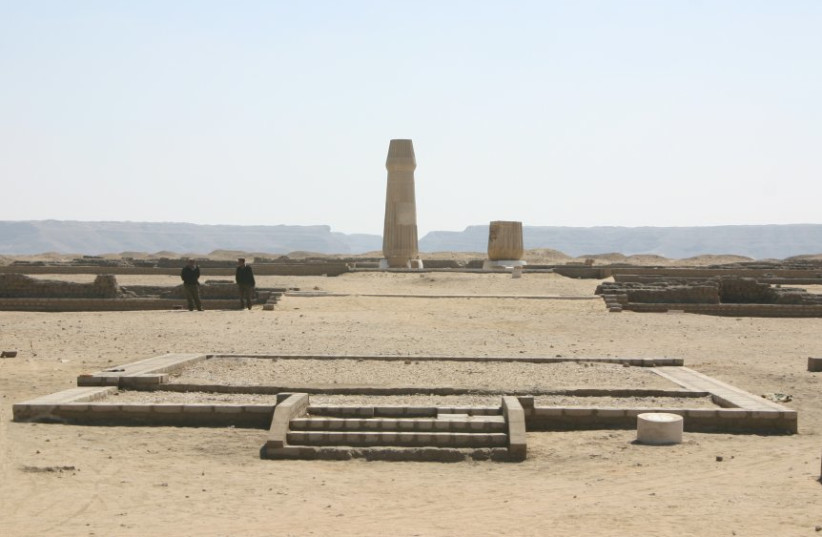A collection of ornate gold jewelry dating back to 3,500 years ago was recently discovered at the Tell El-Amarna necropolis, along the eastern bank of the Nile River in Egypt.
The necropolis, located in modern-day Minya, was a burial ground for the city of Amarna, or Akhetaten, and was constructed in 1346 BCE to serve as the capital city of the Pharaoh Akhenaten, the 10th ruler of the late Eighteenth Dynasty.
The jewelry collection was discovered by a team of Egyptian and English archaeologists who were working on excavations at the Amarna North Desert Cemetery when they unearthed the burial site of a young adult female.
The woman had been wrapped in textile and plant-fiber matting and buried wearing a necklace with petal-shaped pendants as well as three rings made from gold and soapstone.
The image of the ancient Egyptian deity Bes, who was worshipped as a protector of mothers, children and childbirth, is engraved on one of the three rings.

The other two rings are inscribed with a phrase in hieroglyphics that translates into “lady of the two lands,” presumably referring to Egypt’s lower and upper kingdoms.
The young woman was buried among a small number of other burial shafts, pit graves and tombs, all of which date back to 1550-1292 BCE, during the Eighteenth Dynasty.
Although the Akhenaten initially followed traditional Ancient Egyptian polytheistic religion, he later created his own religion, called Atenism, which centered around the worship of the sun god Aten.
Construction on the city was started around the fifth year of his reign (1346 BCE) and is thought to have been completed by the ninth (1341 BCE), although it only became the capital city two years after completion.
The city was abandoned soon after the pharoah's death when his son, King Tutankhamun decided to leave it behind in favor of his birthplace in Thebes.
As a result, the city and its internal plans were largely preserved, as once it had been abandoned it remained uninhabited until Roman settlement in the area. Today, the ruins of the city include grand temples, palaces and tombs.
According to Ahram Online, the ancient city continues to transform our understanding of how human society has developed, due to its status as one of the world's preeminent archaeological sites for understanding how people lived in the pre-Classical world.
